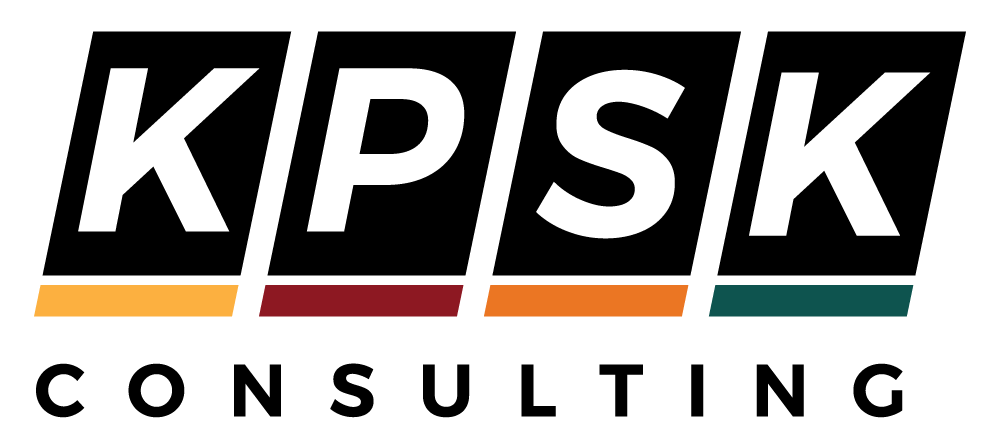WASHINGTON – The U.S. Department of Labor – in collaboration with departments of Health and Human Services, Treasury and the Office of Personnel Management – today announced the “Prescription Drug and Health Care Spending” interim final rule with comment period and the implementation of a reporting requirement for the cost of prescription drugs and certain medical expenses.
The action is the latest in a series of efforts by the Biden-Harris administration to deliver on its commitment to protect millions of consumers and reduce high and unexpected healthcare costs.
“Today’s interim final rule is a step towards making sure that Americans can receive affordable care,” said Acting Assistant Secretary for Employee Benefits Security Ali Khawar. “The No Surprises Act has helped to end surprise billing. This rule monitors pricing trends and builds on that work so we can find other barriers to affordable care.”
The interim final rule announced today requires health plans and issuers to submit key data to the departments, which will use this information to publish and better understand prescription drug pricing trends and their impact on premiums and consumers’ out-of-pocket costs. Reporting requirements include requests for information on average monthly premiums and drug spending for enrollees versus their employers and/or health insurance issuers. Plans and issuers will also need to report total healthcare spending by the type of care patients receive. This includes spending on hospital care, primary care and specialty care, as well as on prescription drugs and wellness programs.
Since prescription drugs account for a significant portion of healthcare spending for consumers, plans, issuers, and the government alike, the interim final rule also includes unique requirements to identify specific cost drivers. Plans and issuers must now provide the departments with an annual overview of their top 50 drugs across key areas of concern, including:
The brand prescription drugs dispensed most frequently.
The prescription drugs generating the highest total annual spending.
The drugs that resulted in the greatest increase in total annual spending over the previous year.
Additional information on drug rebates paid by drug manufacturers to plans, issuers and pharmacy benefit managers – including details on the top 25 drugs generating the highest rebate amounts – will provide the departments with a complete picture of prescription drug costs and fluctuations in their costs.
To reduce administrative burden while ensuring data are as valuable as possible for experts and consumers, the rule allows for data collection at an aggregate level and on a calendar-year basis. Plans and issuers will be able to provide information based on all their offerings collectively, rather than the more difficult details associated with plan-specific data. The Centers for Medicare and Medicaid Services’ Fact Sheet provides additional details on reporting requirements, including the processes of data collection and analysis. New reporting requirements will apply beginning with data for calendar year 2020. The departments anticipate the release of their first full report in 2023 and every two years thereafter.
The interim final rule announced today supports implementing title II of division BB of the Consolidated Appropriations Act of 2021, and builds on earlier progress with title I, the “No Surprises Act.” This includes two earlier interim final rules (issued on July 13, 2021 and Oct. 7, 2021) and a notice of proposed rulemaking (issued on Sept. 16, 2021).
The interim final rule is available for public inspection. The Federal Register will publish the “Prescription Drug and Health Care Spending” interim final rule in its Nov. 23 edition.

